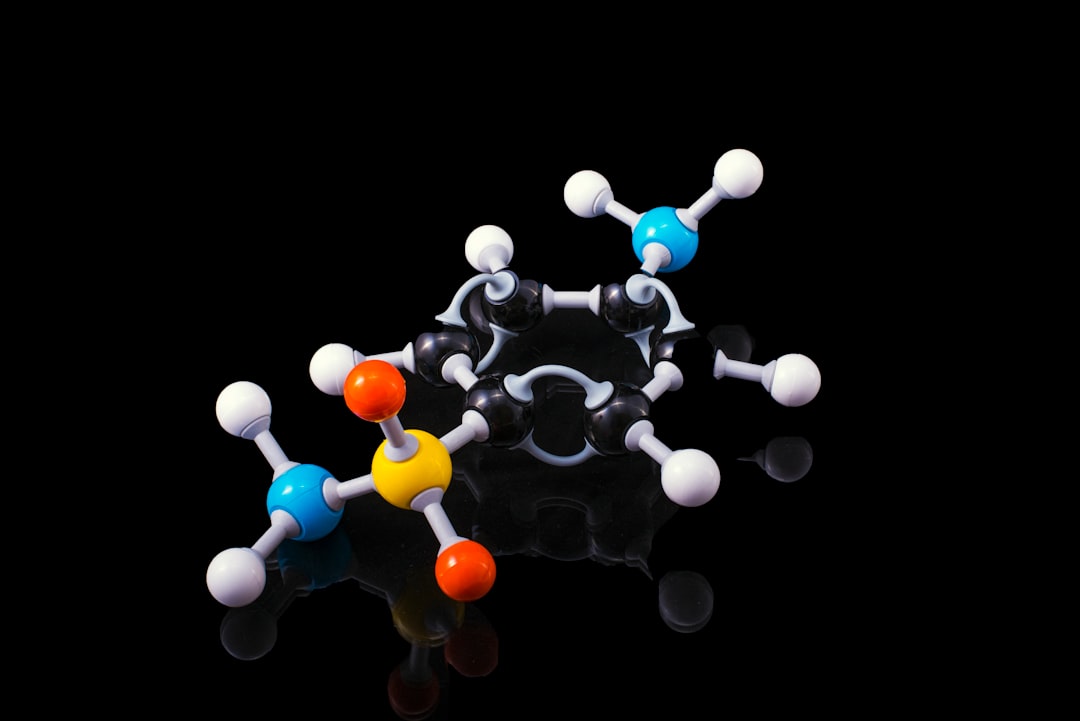What is it about?
We report here that a hairpin-structured DNA that possesses an anti-ATP aptamer sequence successfully detected target ATP or adenosine in a temperature-dependent manner by nanoscale intramolecular displacement on the surface of a gold electrode as an extended gate of a field-effect transistor (FET). The structural switching of the hairpin aptamer from closed loop to open-loop conformations was accompanied by the release of the preloaded DNA binder (DAPI) from the stem part of the hairpin aptamer into the solution phase. The loss of intrinsic positive charges of DAPI (2+) from the diffusion layer at the gate/solution nano-interface as a result of target capturing was responsible for generating a specific signal by the field-effect. We emphasize a new aspect of the structured DNA aptamer in combination with FET: the DAPI-loaded hairpin aptamer successfully detected even uncharged adenosine, which remains a major challenge for FET-based biosensors. Given the simplicity in design of the primary and secondary structures of oligonucleotide aptamers, it is easy to apply this technology to a wide variety of bio-analytes, irrespective of their electric charges. In view of these advantages, our findings may offer a new trend in the design of stimuli-responsive “smart” biomolecular switches for semiconductor-based biosensors.
Featured Image
Read the Original
This page is a summary of: A hairpin DNA aptamer coupled with groove binders as a smart switch for a field-effect transistor biosensor, Biosensors and Bioelectronics, February 2012, Elsevier,
DOI: 10.1016/j.bios.2011.12.022.
You can read the full text:
Contributors
The following have contributed to this page










